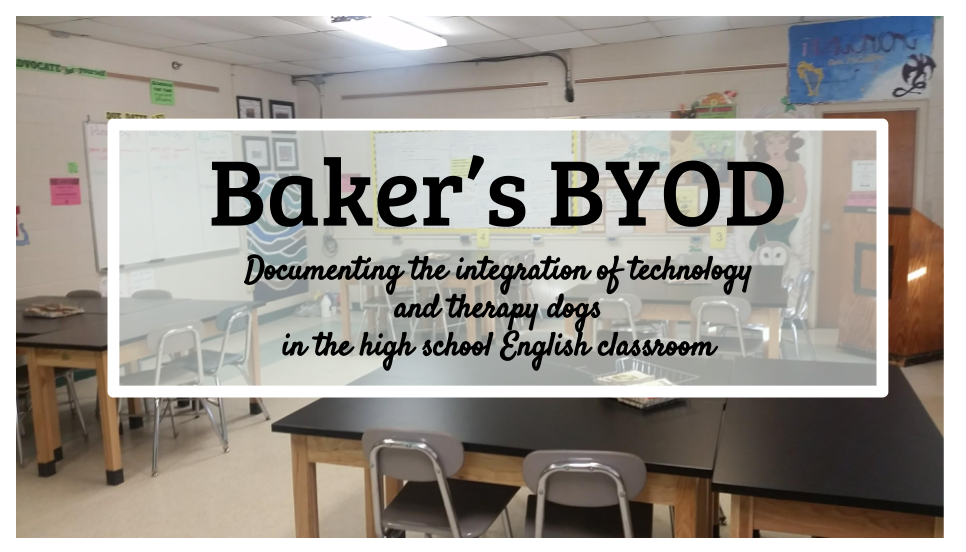Jason Reynold's page in Amazon https://t.co/5BAbkAIl73 More book recommendations from @pennykittle #cel15— Kate Baker (@KtBkr4) November 24, 2015— Kate Baker (@KtBkr4) November 24, 2015— Kate Baker (@KtBkr4) November 24, 2015— Kate Baker (@KtBkr4) November 24, 2015Penny Kittle (as well as Jeff Wilhelm, Carol Jago, and all of the keynote speakers) are so inspiring (what an understatement!), and after 6 days of the NCTE and CEL conferences, I am struggling to retain all of what I learned. While I know I can go to Goodreads or Amazon to find books to read, I get overwhelmed with all of the choices and reviews. In an effort to simplify the process and capitalize on crowdsourcing, I created a Google Form for Book Recommendations.
If you think a book is worth reading, complete the form. Quick and simple. Notice this form does not provide a place for 5-star ratings or reviews. As Penny Kittle pointed out when we recommend a specific book, we are imposing our own thoughts on the person to whom we are making the recommendation.
When you only choose 1 book to recommend to recommend to a S, you make the choice. Give them a stack & let them choose. @pennykittle #cel15— Heather Rocco (@heatherrocco) November 24, 2015Bring a stack of books to Ss... they have to reach for a book to own the book #cel15 @pennykittle— Kate Baker (@KtBkr4) November 24, 2015Transferring this same notion to general book recommendations (not just for students to read books in class), the books recommended via this Google Form will serve as our digital stack. The spreadsheet results can be filtered by fiction or nonfiction, alphabetized by author or title, and we can then venture to Amazon or Goodreads to find more information on the text. The form and spreadsheet are intended to serve as a starting point, a quick list of recommendations.
Even if you did not attend NCTE15 or CEL15, fill out the form! Thank you!



